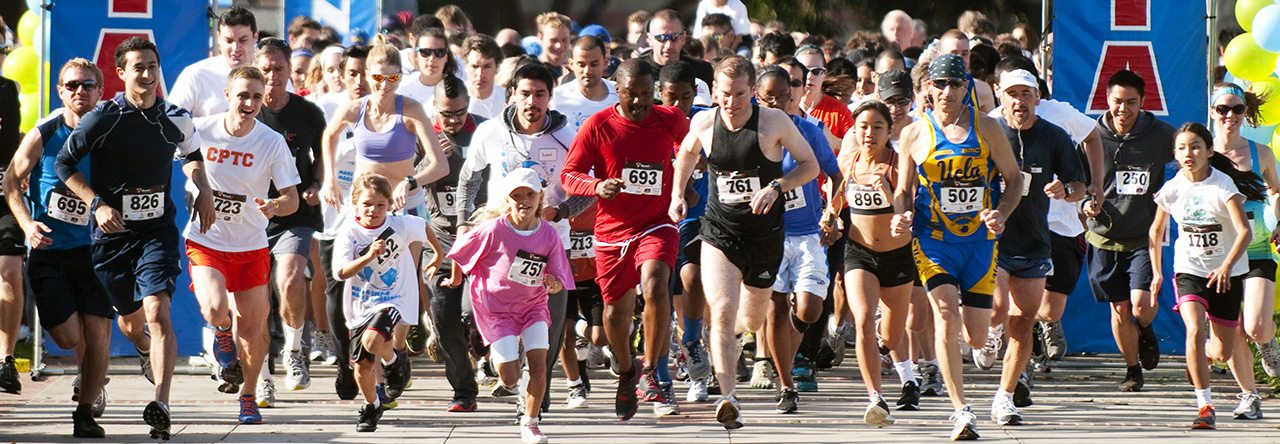With schools letting out and summer just around the corner, that can mean only one thing (okay, it can mean a number of things)….
Summer vacations!
This is a notoriously slow time in the nutrition and fitness business. And rightfully so I suppose. The weather is nice and lugging your butt to the gym to lift isn’t really very enticing now is it? Farmer’s markets are opening and offering up fresh, local produce (and pizza, tacos, guacamole, dog treats, pretzels, and wind chimes) so eating healthier is easier and typically more palatable due to the freshness of everything. People are also heading to the park and riding bikes and are, in general, more active this time of the year.
I also have been doing this now for just shy of 7 years and so I’ve witnessed how people’s nutritional habits/tendencies vary during different times of year. And they’re exactly what you might think they’d be. From Halloween until January 1st, our dietary intake is typically less than stellar. January to spring break is usually tidied up a bit with some not so great days mixed in there.
And then there’s summer. Summer is a mix of a bit of everything. There’s the aforementioned increased intake of fresh fruits and veggies, but there is also a lot of potato salad made with loads of mayonnaise sitting between potato chips and hot dogs.
So what do summer vacations look like? Well first let me tell you what I tend to hear from clients who are about to embark on a trip.
“Well we’ll be doing a lot of walking!”
“There will be a lot of fresh fruit”
“We’ll be near the beach so plenty of fresh fish”
“The hotel has a gym in it”
“We’ll be so busy we won’t even hardly think about food”
And the list goes on and on, but there is a single recurring theme to each of those statements….
Good intentions.
And that’s cool in theory, right? I mean positive thinking is a good thing. And when you think about it, it makes sense too. Vacations are supposed to be fun, relaxing, getaways so the mood is a positive one overall. The problem lies in what I call the “screw-it-itis” syndrome. It goes a little something like this:
“Yeah, I could get the grilled grouper with a side of rice and pineapple, but screw it I’m on vacation! I’m getting the fried grouper sandwich with a side of fries and a margarita. I’ll get back to eating healthy when I get home.”
Happens all. the. time.
You know you’ve done it. I sure know that I’ve done it. So what do we do about it?
The answer, as is almost always the case, is it depends. However, some people respond well to, and this is typically the first place I go with my clients, but to remember the “why” they are on this health/weight/fitness journey in the first place. Do you need to come off medication? Do you want to be around to watch your daughter grow up and get married? Do you want to be able to complete that half marathon you signed up for in the fall? That “why” needs to be more important than that fried grouper sandwich and fries. There is a great quote by the late Zig Ziglar that reads: “The chief cause of failure and unhappiness is trading what you want most for what you want right now”. So by learning delayed gratification, you can really make the change. It just isn’t always easy. In fact, it almost never is.
So the post title is obviously about vacationing, but the meat of this post can be applied to any situation where you’re vulnerable to make a decision that isn’t helping you get closer to your goal. As a matter of fact, I’m looking out over my gym right this moment and I know I have a lift scheduled here in 5 minutes. And I gotta tell you I really don’t want to do it. I’m tired from my lift yesterday. It’s beautiful outside. I need to head home and do laundry/pack/clean for my trip to Chicago tomorrow. But you know what? I’m lacing up and doing it anyway. It won’t be my best, but it will keep the habit. And as a bonus, it will get me one step closer to a goal I set for myself. So I’m just gonna suck it up and bang it out.
Til next week!


